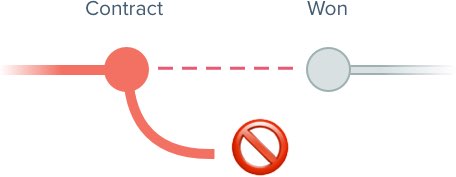Sales teams deal with all sorts of setbacks, questions, and fears. Being aware of the eight types of objection, and how to best address them, is key to succeeding in the world of sales, regardless of what industry you operate in.
According to countless studies, the biggest concern of any salesperson is closing the deal. Their biggest challenge? Overcoming objections, especially those about price.
In this article, we’ll review the eight types and the remedy for them.
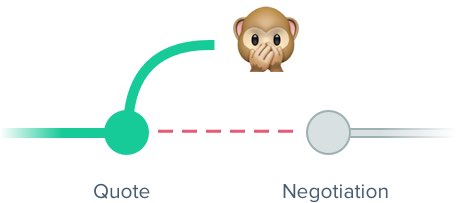
1.The unspoken objection
These are instances where you’re hit with a roadblock because the buyer isn’t engaging with you. They may not be expressing disinterest, but they aren’t showing interest either. To remedy this issue ask the buyer open-ended questions.
Get information about the what, the where, the why, and the how. You should focus on listening more than selling, first working to extracting more information from the client and then assess if your product or service is really the right fit for them. This helps you address what their real concerns may be.
2. The excuses
In this situation, the buyer has excuses for not moving forward with the process right now. They might tell you:
“I don’t think I can afford this,” or “I don’t need it right now.”
You could respond to these excuses in a few different ways, for instance:
“You have a valid point, Ron. Several customers felt the same way at first. Let me give you some examples of how you can fit this into your budget.”
“I understand your concerns about the price. It can seem high at first, but when you look at the cost in the mid and long-term, I think you’ll get very excited about the ROI. Let’s look into it together.”
“I know the upfront price can be intimidating, but once we take a look at the product’s lifetime value, I think you’ll get more comfortable with this investment.
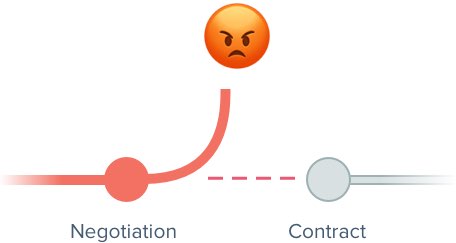
3. Malicious objections
These clients are either unhappy or angry about another situation. The response should be friendly and professional, even if they are unpleasant to deal with. Realize that you are not the target of their frustrations.
To dispute their anger, get them to look forward to the future and focus on a positive note. Sometimes a distraction from the present can be enough to dissipate their personal anger at the current situation they are in. Remember 95% of the time their anger or mood is determined by something external to you the salesperson or your product.
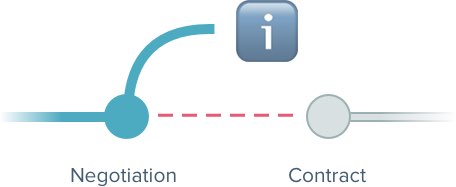
4. The request for information
“I’d like some more information before we move forward.”
Honestly, this is one of the best kinds of objections you can get! It’s the golden egg.
When the client begins asking you questions, that means they are interested, and they are nearing the closing of the deal. This is your chance to seize control and win the opportunity while they are engaged.
You can ask what information they’d like, but it’s much more useful to get into the benefits of the product and how it can help them. Cite some examples and case studies to convince them to move forward to the sale.
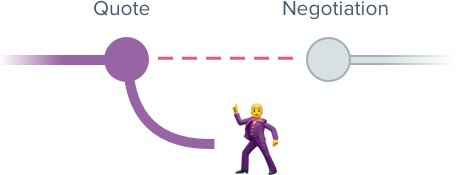
5. The showoff objection
These clients feel like they can beat you with their “superior knowledge” of your product and/or industry. The response? Take the low-road.
Pander to their ego. Show them that you are impressed by their knowledge base. Remember, flattery is a great way to make a sale and, ultimately, build a solid relationship.
If they do make a claim or assumption that isn’t correct, however, find a friendly way to address that and put a positive spin on it. Make it seem like a warm, casual conversation. Don’t get caught in a cycle of trying to one-up one another with your experience or knowledge.
6. Personal objections
These situations can be tough to bear because this is when the client is becoming critical of you. Often this happens if you end up talking about yourself or your own experience. You can avoid this all together by focusing on the customer and their experience.
If they become critical of you, try to change the subject swiftly and politely. Again, take the low-road and remember that it’s just another day on the job. Don’t take personal offence to a stranger’s agitated words.
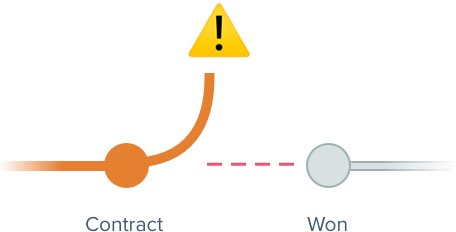
7. General sales resistance
Often at times, you’ll run into pure sales resistance. So what’s the remedy?
Most people will begin the conversation by being closed minded to your pitches. Only 3% of buyers say they trust sales representatives. That means you have your work cut out for you.
Get back to asking the open-ended questions. These questions will help you qualify the prospect and figure out how your product benefits your client. Start by being polite: “Can I have a few minutes of your time?” or “Would you mind if I ask you a question?” are good ways to get the go-ahead, which encourages them to listen to what you’re saying.
If they say no and you continue on, you might be able to get their attention, but it may be better to offer to call back or have them call you.
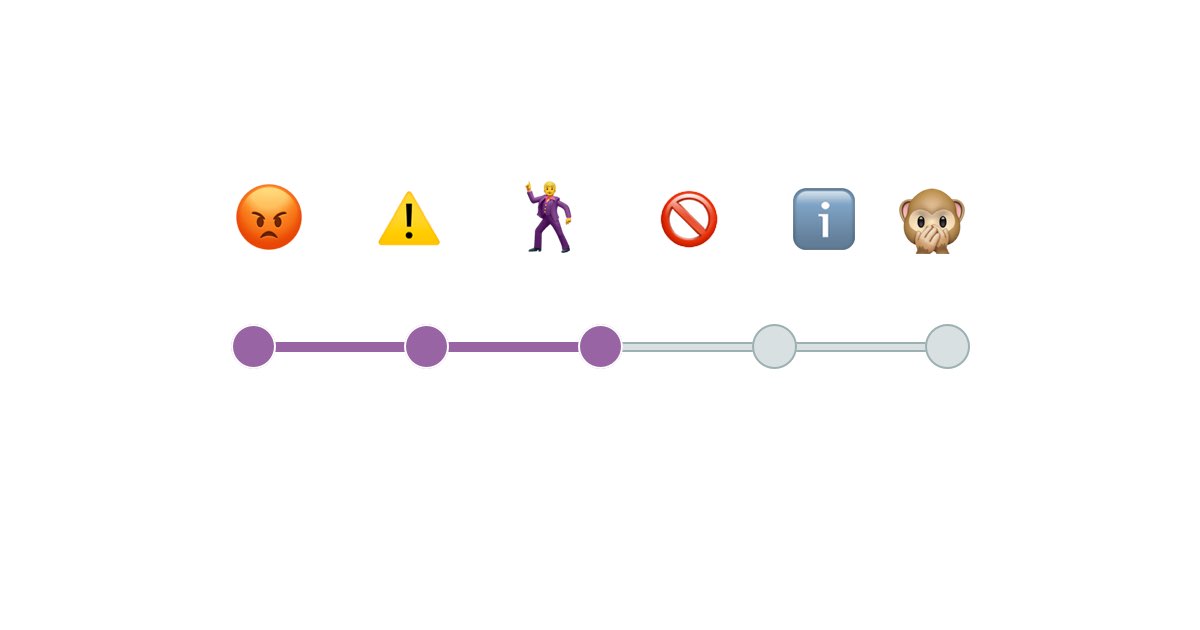
8. The last-ditch objection
Now that you have made your presentation, your client has listened to your pitch, they know the value-add, and they are on the verge of making their decision…they want to back out.
This last-ditch objection can be the most frustrating of all because you have put good effort into informing them and trying to make a sale. The remedy is to continue being patient. Listen to their final concerns with respect. You should have a number of testimonials to show that others were happy with the decision to move forward.
The Key Takeaways
No matter what situation you may find yourself facing, patience is essential in any sales game. You need to be patient listening to the customer’s concerns, and you also need to be willing to call back on a few different occasions and devote time and effort into making every sale.
No sale is going to be easy, but following these tips can help close more deals and improve the response rate from your leads and clients.

